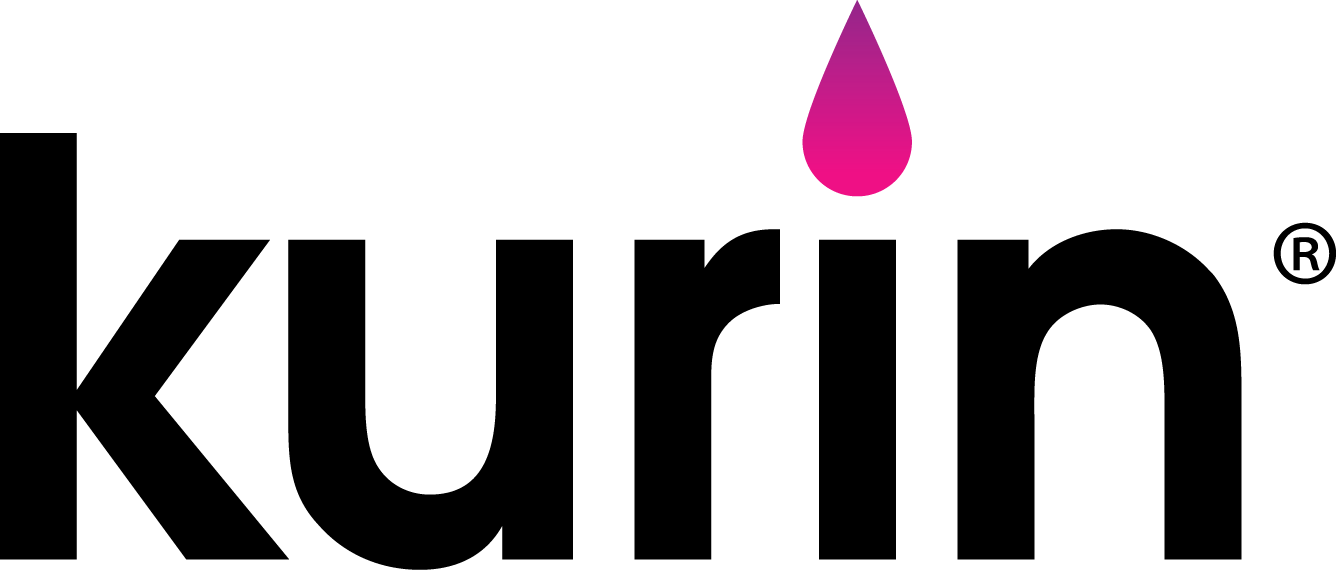Anticipating new CMS metrics, AZ Hospital finds BCC Solution
Valleywise Health Medical Center
Key Takeaways
- The health system was committed to improving their blood culture contamination (BCC) rate for quality purposes and in response to recent activity by CMS regarding the need to reduce BCC.
- An attempt to reduce BCC with Steripath showed improvement, but it was short-lived as nurses rejected the product as an option.
- The introduction of Kurin Jet reduced BCC by 72% and the lower rates have been sustained.
The Situation
Blood culture contamination (BCC) was a problem, especially in busy EDs. Historically, rates were usually above the outdated 3% benchmark, sometimes significantly. With CMS intending to establish BCC as a quality metric that may eventually carry financial penalties, the hospital committed to improvements in this area and has adopted the 1% benchmark recently put forth by CMS, the CDC, and other organizations. Implementing Kurin Jet resulted in sustained low rates, down to ~1.5%, well on their way to this new goal.
Baseline & Interventions
BCC rates fluctuated over the past couple of years, but rarely met the historical 3% benchmark. Nursing and Quality were eager to improve their BCC rate as lower contaminations mean better patient care. Likewise, the Lab was concerned over workflow and repeat testing on false positive blood cultures. Valleywise originally brought in Steripath Gen 2 and, although they achieved results in one month, the nurses did not like the product and looked for an easier-to-use solution. With the introduction of Kurin Jet, rates dropped to ~1.5% and stayed there. Nurses were pleased with how easy Jet was to use and how quickly it worked.
Kurin Implementation
Valleywise made an important decision prior to trying new devices. Since a disproportionate number of contaminated cultures were caused by traveling nurses, the hospital focused on core staff being responsible for blood cultures. Removing traveling nurses from blood culture collection kept monthly rates closer to 3-4% and eliminated months with very high BCC rates of 6% or higher. With the core staff, Valleywise introduced Steripath 2 to help lower rates under 2%.
After the Steripath trial was stopped due to the nurses finding it unacceptable, Kurin Jet was introduced. Since Jet was so easy to use by comparison, the implementation was relatively simple. Training was provided and the nursing staff warmly welcomed this new, more user-friendly technology.
Summary
The hospital felt compelled to address their BCC problem as they could achieve immediate clinical and financial benefits. In addition, they saw the opportunity to improve this aspect of patient care before CMS proceeds to financial penalties for poor BCC performance. Kurin Jet fit seamlessly into nursing workflow and was determined to be easy enough to yield sustainable results. Valleywise followed the recent CDC guidance on the financial impact of the average BCC, which is ~$4,500 per contamination. Given their volume of cultures, their rate reduction meant that >30 patients each month avoided the complications of a BCC. At a cost of $4500 per BCC, the use of Jet will save the hospital over $1.5M per year. With the impending change to a 1% BCC target, this facility is now well positioned for future performance metrics.
